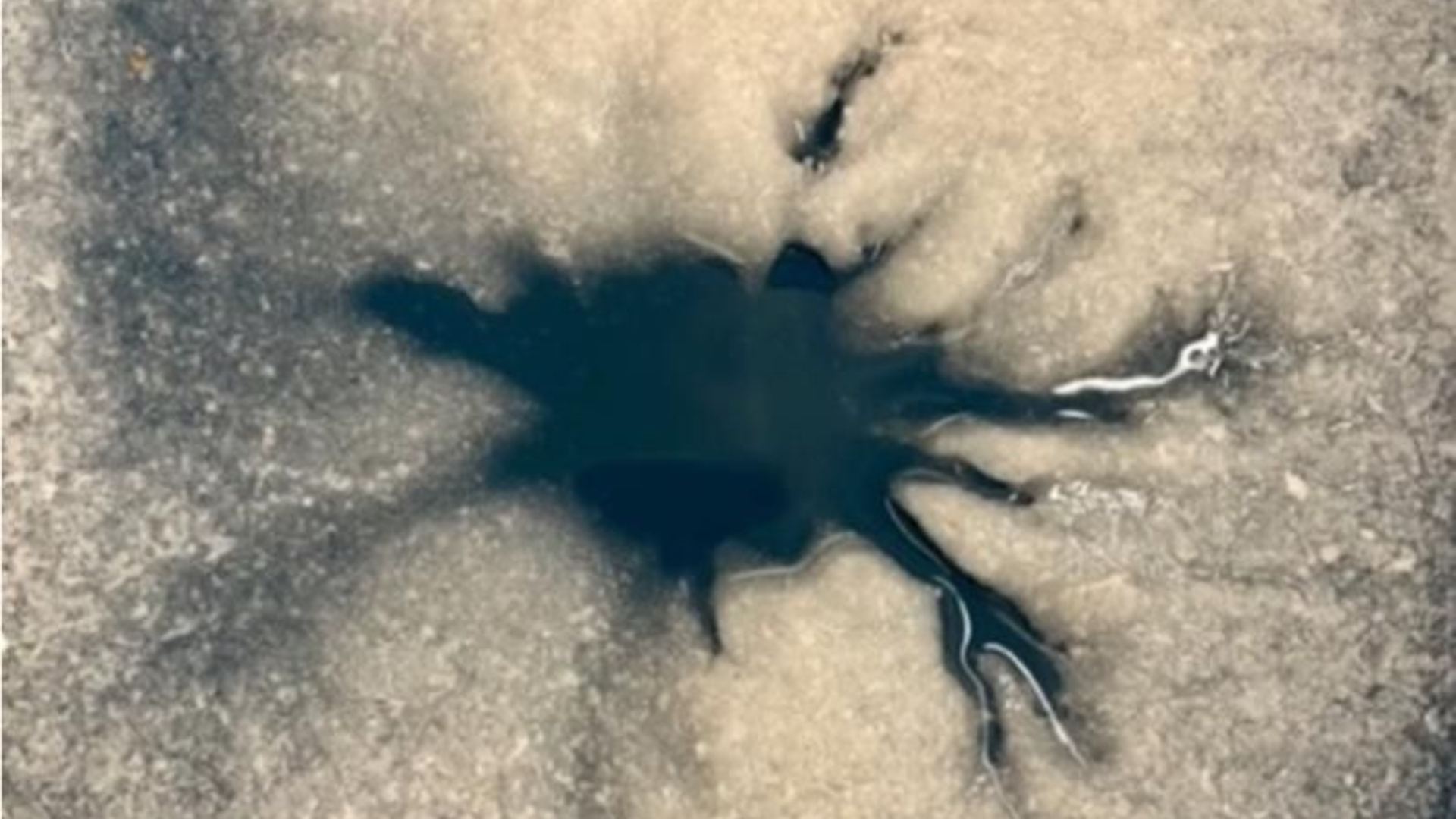Trash bag jettisoned from space station in waste-management first
There's been a lot of trash-talking about the International Space Station (ISS) recently.
Roughly 172 pounds (78 kilograms) of garbage was ejected in a specialized trash bag from the station's commercial Bishop Airlock on July 2, Nanoracks, the company that built and operates the airlock, announced in a press release on Wednesday (July 6).
The operation was a test of Nanoracks' new orbital waste-disposal tech, and it went swimmingly, company representatives said.
The trash bag contained used foam, packing materials, cargo transfer bags, office supplies, crew hygiene products and crew clothing, Nanoracks representatives said. The company added that is considering using a similar disposal system on its planned commercial space station, called Starlab, which is scheduled to fly in 2027.
"This is the first use of an airlock trash bag ejection system on the ISS," tweeted Jonathan McDowell, an astronomer at the Harvard-Smithsonian Center for Astrophysics who tracks re-entering objects like this trash bag. (When the bag will re-enter Earth's atmosphere has not yet been disclosed.)
International Space Station: Facts, history and tracking
Until now, ISS crews have disposed of unneeded items by piling trash into a cargo ship bound to burn up in the atmosphere, ejecting retired hardware like the Russian Pirs module in 2021, or (on rare occasions) asking astronauts to hand-dispose of small items during spacewalks, McDowell added.
Breaking space news, the latest updates on rocket launches, skywatching events and more!
But this novel trash disposal system on the ISS is not new to spaceflight overall.
"Worth recalling that trash bags were regularly jettisoned from the Soviet Salyut space stations in the 1970s and 1980s," McDowell said in another tweet.
The last time such a jettison happened, according to McDowell's records, was from the Soviet-Russian space station Mir in September 1996. That set of trash re-entered the atmosphere naturally in May 1998.
Bishop Airlock, the world's first commercial airlock, was attached to the exterior of the ISS on Dec. 23, 2020. The 2,000-pound (907 kilograms) facility launched to the station during the SpaceX CRS-2 resupply mission on Dec. 6, 2020.
The garbage ejection took place from a "specially designed waste container," Nanoracks wrote in its press release, which has a maximum capacity of 600 pounds (272 kg.) The ejection system is based upon the Nanoracks CubeSat and SmallSat deployers, which regularly deploy small satellites from the ISS.
Follow Elizabeth Howell on Twitter @howellspace. Follow us on Twitter @Spacedotcom and on Facebook.

Elizabeth Howell (she/her), Ph.D., was a staff writer in the spaceflight channel between 2022 and 2024 specializing in Canadian space news. She was contributing writer for Space.com for 10 years from 2012 to 2024. Elizabeth's reporting includes multiple exclusives with the White House, leading world coverage about a lost-and-found space tomato on the International Space Station, witnessing five human spaceflight launches on two continents, flying parabolic, working inside a spacesuit, and participating in a simulated Mars mission. Her latest book, "Why Am I Taller?" (ECW Press, 2022) is co-written with astronaut Dave Williams.
